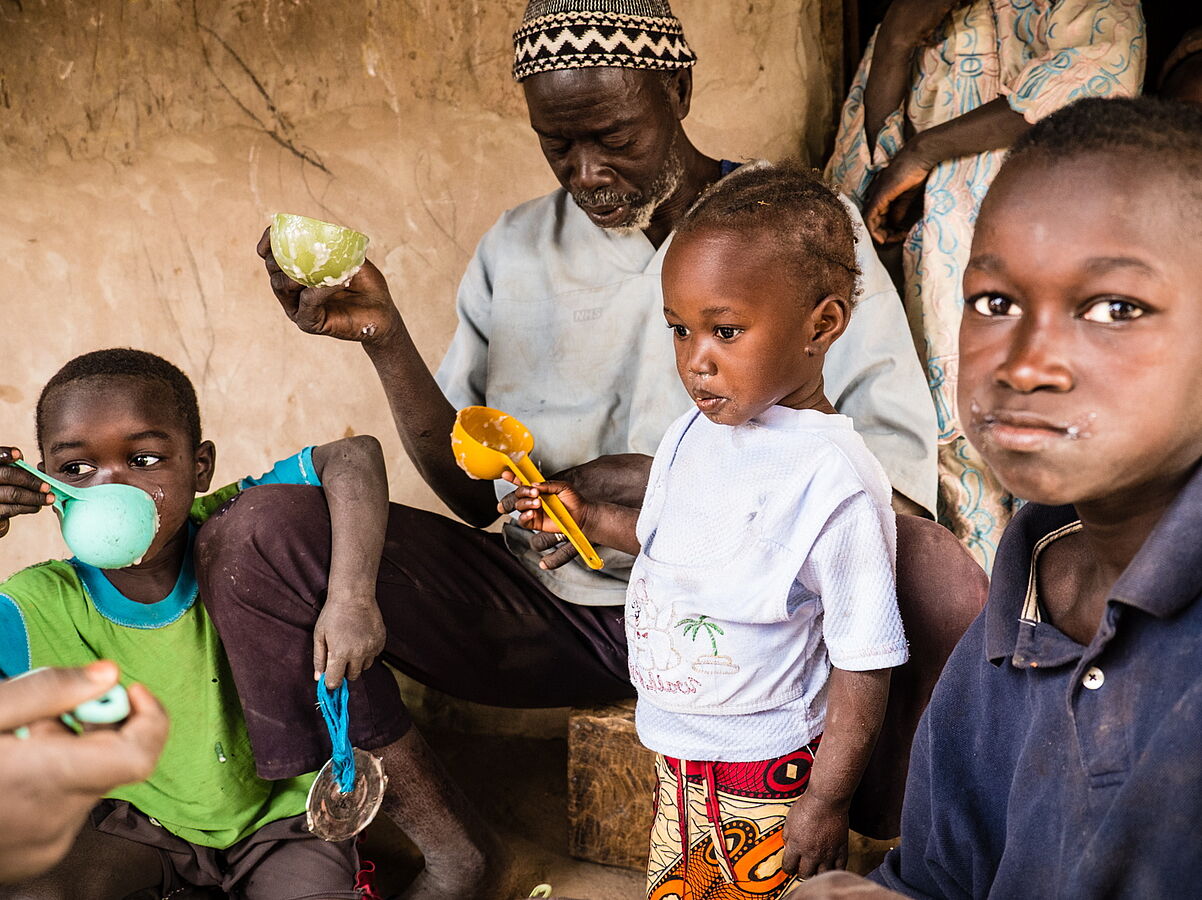In many places around the world, people are living longer and are having fewer children. But that’s not all. In a study of people living in rural Gambia, it appears that this modern-day “demographic transition” may lead women to be taller and slimmer, too. Researchers from the Leibniz Institute of Zoo and Wildlife Research (IZW) as well as British, American and Gambian institutes and universities just published their discovery in the Cell Press journal Current Biology.
“This is a reminder that improvements in health do not necessarily mean that evolution stops, but that it changes,” says Alexandre Courtiol of the Leibniz Institute for Zoo and Wildlife Research in Germany. Researchers explored for the first time the two main evolutionary consequences of demographic transitions. On the one hand, by influencing mortality and fertility demographic transition can influence the intensity and scope for Darwinian selection. On the other hand, the relationships between fitness and body measurement traits are likely to change too, owing to the modification of the social, cultural, medical and economic environment that occurred in parallel to these demographic changes.
For their studies, Courtiol, Rickard, and their colleagues used data collected over a 55-year period (1956-2010) by the UK Medical Research Council on thousands of women from two rural villages in the West Kiang district of Gambia. Over this time period, these communities experienced significant demographic shifts – from high mortality and fertility rates, which are characteristic for preindustrial societies, to rapidly declining ones. The researchers also had thorough data on the height and weight of the women.
They could show that the changes are likely related to improvements in medical care since a clinic providing free medical care opened there in 1974, which has changed the way that natural selection acts on body size. Demographic transition influenced directional selection on women’s height and body mass index (BMI). Selection initially favoured short women with high BMI values but shifted over time to favour tall women with low BMI values. “That selection has shifted from shorter and stouter women to taller and thinner ones is partly because selection began acting less on mortality and more on fertility over time, but other environmental changes influenced which women were more or less likely to reproduce, too” Courtiol says.
The findings in Gambia may have relevance around the globe. “Our results are important because the majority of human populations have either recently undergone, or are currently undergoing, a demographic transition from high to low fertility and mortality rates,” the researchers write. “Thus the temporal dynamics of the evolutionary processes revealed here may reflect the shifts in evolutionary pressures being experienced by human societies generally.” A change in opportunity for Darwinian selection across the transition has been documented for most populations studied, including the United States, Italy, Finland, Sweden, and India. How we humans respond to these pressures might tell us something about how we’ll continue to evolve in this ever-changing world we live in.
Originalveröffentlichung
Current Biology
http://dx.doi.org/10.1016/j.cub.2013.04.006
Contact
| Alexandre Courtiol alexandre.courtiolgmail.com +49 305168454 (office) +49 15734056505 (mobile) Ian Rickard ian.rickarddurham.ac.uk +44 (0) 191 334 0246 |


